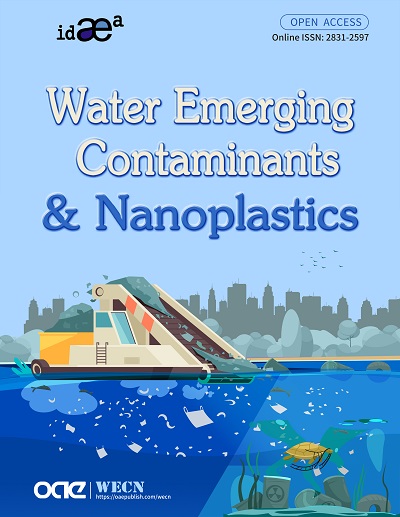Volume 1, Issue 1 (March, 2022) – 5 articles
Cover Picture: Plastics are generally chemically stable; however, under weathering, they undergo fragmentation and give rise to microplastics (< 5 mm in any dimension) and nanoplastics (< 100 nm), although this division is somewhat arbitrary. Such plastic particles are potentially harmful and may cause adverse effects on ecosystem biodiversity, changes in the carbon and nutrient cycles, habitat alterations, and harm human health. However, the majority of the ecotoxicological studies carried out up to now are laboratory studies not using samples collected in the environment. On the other hand, plastics act as carriers of other emerging contaminants adsorbed in their surface (“Trojan effect”), thus facilitating their incorporation into the trophic chain. Even though plastics have already been ubiquitously reported in almost all of Earth’s aquatic habitats, from the open seas to deep oceans, rivers, and lakes, either in the water column or the sediments, the environmental detection of MP/NP is still pending and remains an urgent research task to be undertaken in the forthcoming future.
view this paper 







